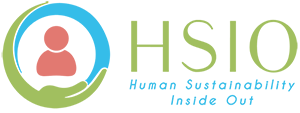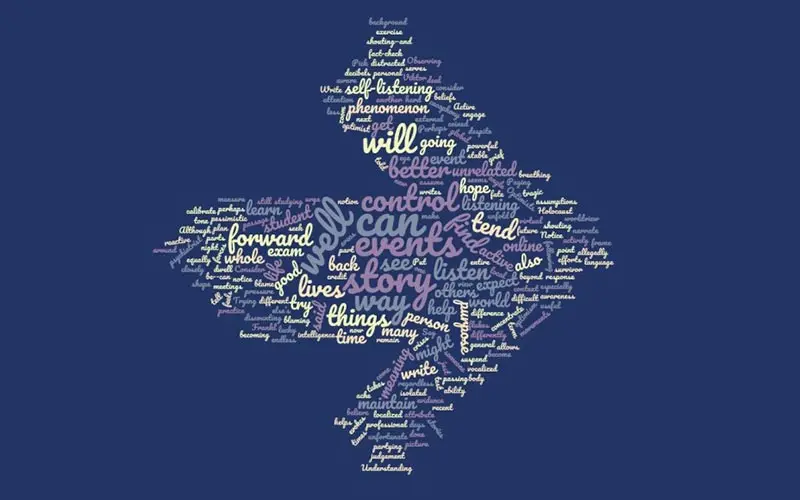Dolphins would be a lot better at working from home than we are 🐬 They can live in two worlds at once: at night they keep one eye open and one side of the brain alert, the other eye closed and the other side of the brain asleep.
We now continually shift back and forth between identities: code-switching between personal and professional selves; toggling not just between screens, but between personalities and worlds, just as everyone else does, too — even in our own household.
Nine minutes into a budget review meeting, you turn your camera and mic off so you can scold your dog and then tenderly soothe your toddler crying in the other room. Then, lights, camera, action, you’re back on screen, brushing off the top half of a suit and amplifying a professional smile. Your kids are watching you pretend, just as they do, especially on social media.
We have lost clear social rules on where informality ends and formality and reality start. This erosion can be challenging but also an opportunity. What can you and your teams do not just to survive bi-modality, separating the personal and professional where beneficial and learning to thrive in the mixture where possible, but also create a new workplace? We have two options: 1) rebuild and maintain the barriers while keeping the new openness; and/or 2) push more integration between our worlds.
Blended Lives and Crossed Boundaries
The lines between work and non-work in our lives have been blurring for decades. E-mails, Slack messages, and Skype calls have infiltrated our most intimate spaces; constant connectivity is expected in the knowledge economy. Now, COVID-19 has obliterated what slight separation remains. Our homes are our offices, but also our schools, restaurants, synagogues, and theaters.
One line of research suggests that compartmentalizing, drawing lines between work and home, is critical for productivity and health. An extreme example of the consequences of not being able to do so is the mental health challenge faced by military drone operators. Real psychological damage can result from dropping bombs on terrorists, and then 20 minutes later picking kids up from a suburban school.
Even if the closest thing to conflict at work is fighting over the color scheme of a powerpoint slide deck, the elimination of work-life separations, or what Arizona State University’s Blake Ashforth describes as “boundary-crossing activities”, can lead to distraction, burnout, and even mental health issues. Then there is the zoom factor, which impacts everyone — introverts, extroverts — albeit in different and not always expected ways.
So how can we manage this process, and build healthier work environments?
Option One: Scaffold the Pudding
Managers are responsible for coordinating workflow for their teams, checking in with their employees, and providing resources for employees to build physical and temporal boundaries for their work. Some disruptions to normal work rhythms are good, but long-term, companies must develop structures and routines that work for their employees.
Proper prioritization helps employees avoid burnout by not feeling pressured to be “on” at all times, impossibly focusing on everything simultaneously.
Some things can wait.
It is up to leaders to ensure that workers don’t burn valuable mental energy on unnecessary tasks when they could otherwise deploy that energy or recharge.
Create physical boundaries
Normally, simple things like putting on our work clothes and commuting signal a transition. Experts suggest creating physical reminders to shift between our professional and personal identities: dressing for work every morning; replacing your commute with daily exercise, outside if possible; and, create a separate workspace in your home, or put away work materials in the evening.
Enforce temporal boundaries
Particularly for workers balancing caring for family members and their jobs, maintaining a regular work schedule can be incredibly challenging.
Regardless, our mobile devices ensure that work can follow us 24/7, no matter how and where we work.
Without boundaries, workers will be tempted to react to every email, instead of defining and communicating when they will respond. Managers and employees should jointly set expectations that allow both parties to maximize their productivity while providing for life outside of work and be explicit about times when they are unavailable. Reduce excess mental fatigue by limiting the length of video calls (“30 is the new 60 [minutes]”). Excess stress sets in after two-hours.
Option 2: Speed Up the Blender
We can also learn to function better in a blended workday, restructuring our work and improving our communication, and presenting our blended selves. The Diversity/Inclusion/Belonging and WFH movements make it easier to share more of our lives with colleagues.
Workplace culture has relaxed.
But we are also pretending to be different people dozens of times a day, both on the home and work stages. Pretending to be someone we are not is a significant source of stress and cognitive dissonance in the professional context. It is especially true for minority groups. Two-thirds of us hide who we are at work. This behavior worsens physical and mental health outcomes.
In our blended scenario, we don’t present as different individuals. We use makeup less and roll up our sleeves. We introduce colleagues to our partners, plants, hobbies, kids, and pets. There is no need to run down the clock with busy-work; we can focus our productive hours on essential tasks since productive periods are more likely to come in separate chunks throughout the day. We hold business meetings while we walk to boost creativity.
Finally, we conduct more regular scans of how we and our coworkers are doing, identifying significant obstacles to leading productive, blended lives. Today is not the time to try to be a superhero. When our non-verbal, visual cues are limited to small screens, it is harder for our fellow workers to know how we are doing. It is difficult for them to help if we don’t tell them how, and most of us don’t.
This moment allows us to be more open and inclusive coworkers, melding the personal and the professional into something more intimate and cohesive. Companies and employees can work to forge this into something stronger, a powerful alloy of work and home, and create entirely new ways of creating value while reducing personal costs.
Like the dolphins, perhaps we can learn to be truly present in two worlds at once after all, or keep our pajama tops on for zoom calls.
**************************************************************
Carin-Isabel Knoop leads the Harvard Business School’s research and case writing group and has helped HBS faculty members write more than 200 case studies on organizations and managers worldwide. This led to personal research and publications in the area of mental health in the workplace and an interest in human sustainability. She is a pragmatic idealist and fanatic postcard writer.
Jacob Lokshin is a U.S. Air Force Officer supporting the White House and Pentagon. He previously researched strategic policy issues at the American Enterprise Institute and has published on a range of human capital management, defense, and foreign policy topics.
Photo credit to the amazing Ellen Feldman (www.WeWhoMarch.org). And special thanks to Reed Martin and Mel Martin (just a coincidence) for their insights and suggestions!




